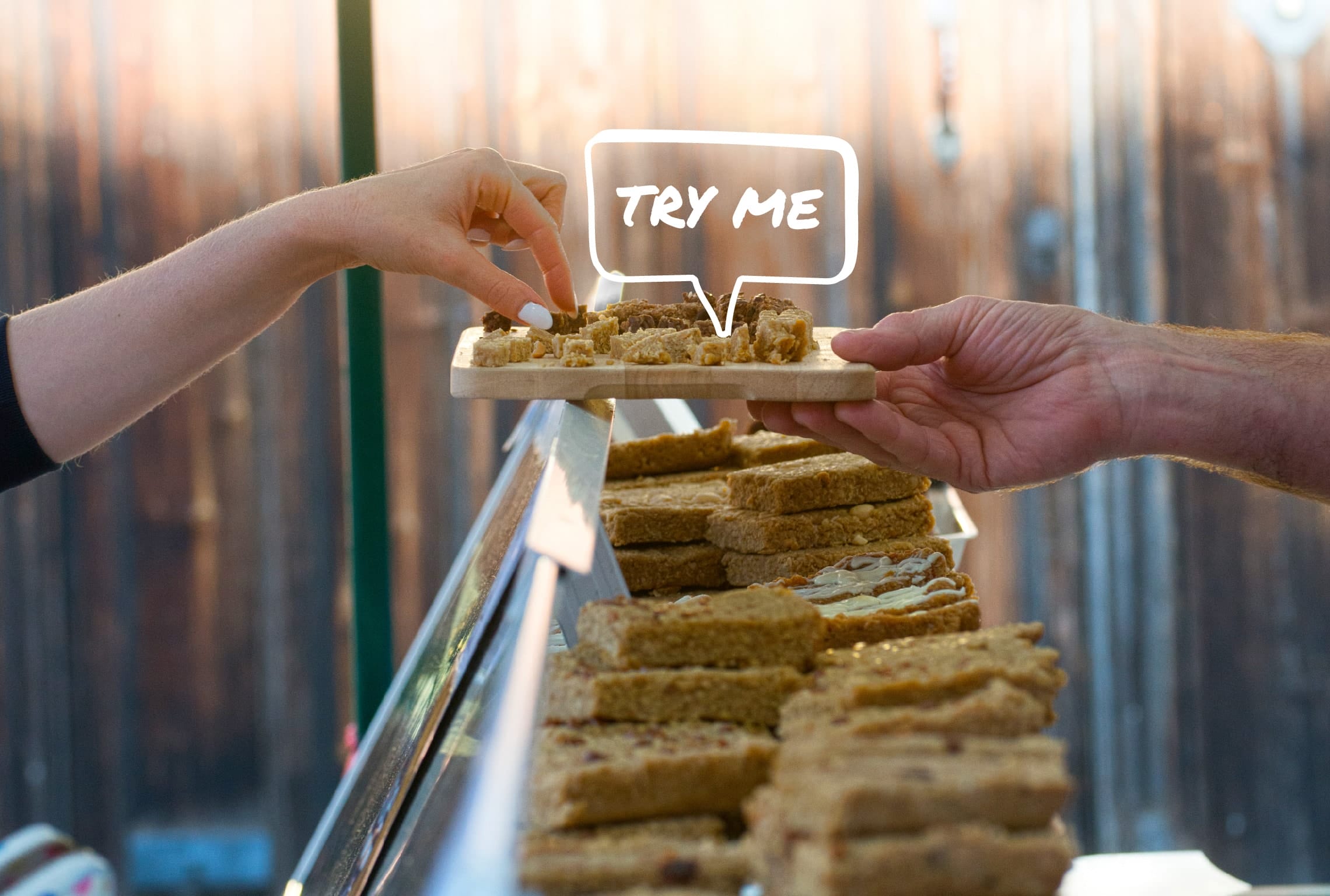Get more face time to read body language and win more deals!
Nutshell’s meeting scheduler makes it effortless for leads to book calls with you. No more back-and-forth emails—you’ll get to see your prospects face-to-face, read their body language signals, and respond appropriately.






















